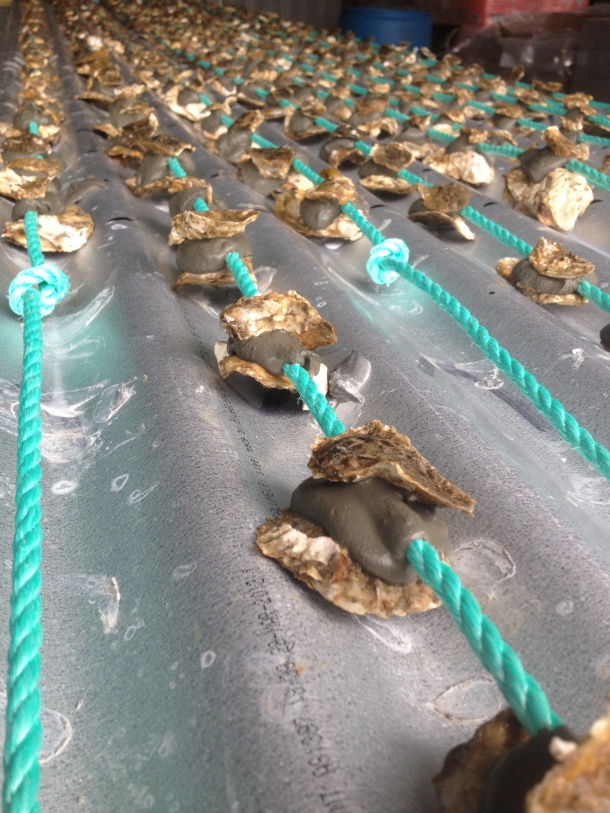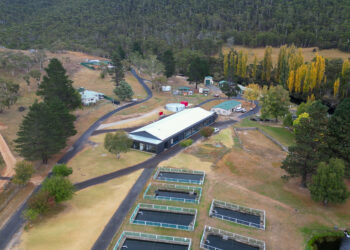IN an Australian first, anglers who fish Melbourne’s Port Phillip Bay are set to reap the benefits of a shellfish reef restoration project which is expected to increase fish numbers and improve water quality.
One of the world’s largest conservation groups, The Nature Conservancy will be working in partnership with Fisheries Victoria to use cutting edge methods to restore shellfish reefs to bring all the benefits of oysters back to the Bay.
Oysters are not only good for eating but they’re also nature’s water filters – improving water quality through filtering algae and other nutrients from the sea water.
“Oysters are nature’s water filter – many are filtering at a rate of up to 4 to 5 litres an hour! That’s enough to fill a bathtub in a day.” Dr Boze Hancock, TNC Marine Restoration Scientist.

Mussel reef in Gippsland Lakes – what experts say Port Phillip Bay’s mussel reefs would have looked like 40-50 years ago.
The Nature Conservancy’s Director of Conservation Dr James Fitzsimons said the organisation was pleased to be working with Fisheries Victoria on this exciting opportunity as part of its larger Great Southern Seascapes Program to restore marine habitats in southern Australia.
“Around the world, considerable progress is being made to restore estuarine reefs that increase biodiversity, improve fishery productivity and filter the water,” Dr Fitzsimons said.
TNC recently undertook a Shellfish Reefs at Risk global report that concluded that shellfish reefs are the most imperiled marine habitat on earth. The report also provides comprehensive evidence that reefs are functionally extinct in many areas, particularly in Australia, North America and Europe and globally 85 percent of oyster reefs have been completely lost.
The pilot project will test a range of reef restoration methods that are based on successful overseas reef restoration programs. Native flat oysters raised at the Department of Environment and Primary Industries’ Queenscliff hatchery will be used to re-establish reefs in the Bay. The first three reefs to be restored are at Geelong, Hobsons Bay and Chelsea.
The project was initiated by Fisheries Victoria and the Albert Park Yachting and Angling Club, whose members had identified through club fishing records the loss of productive snapper habitat in and around Hobson Bay.
This pilot project is the first stage of The Nature Conservancy’s Great Southern Seascapes program which is designed to restore and improve habitat across southern Australia’s waters where most of the reefs have been lost.
“Working with a wide range of government departments, Australian scientists, fishing clubs and conservation groups, our program will focus on habitat restoration, both in the water and on the coast, and encourage local people to get involved through different volunteer activities.” Dr Fitzsimons concluded.

A future shellfish reef – thousands of baby native flat oysters ready for deployment in the bay.

















